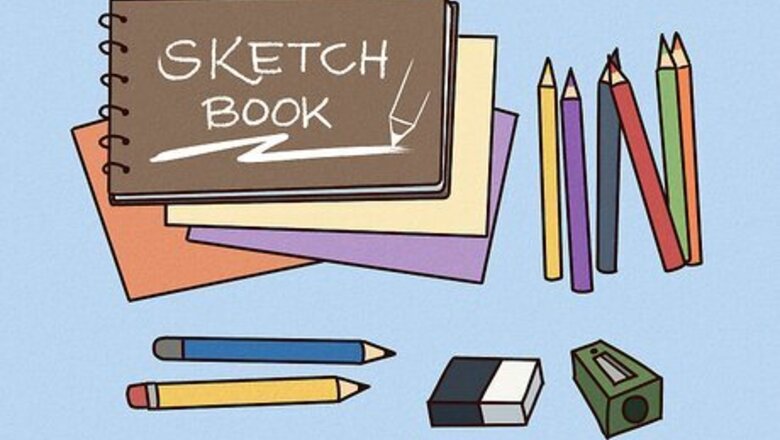
views
Setting up
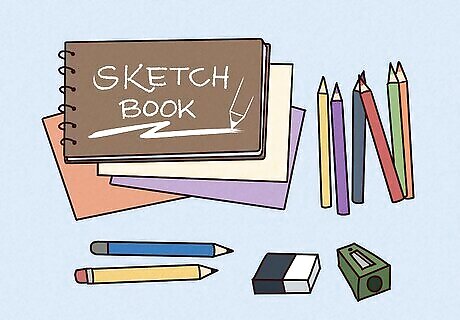
Get the gear you'll need for designing with. You'll need sketch books, colored pencils and art supplies. Use good quality paper and tools at all times, as you need to create good quality drawings.

Read widely about fashion. Grab hold of all you can about fashion. This includes reading about the history of fashion and biographies of fashion designers. Also read about how to do fashion designing, to find out the sorts of challenges, pitfalls and tips you need to know.

Improve your drawing and design skills. If you're not yet old enough to attend a design school, at least get drawing or art lessons. These will help you to discover good drawing techniques and will allow you to perfect styles that work best for you. Tell the art teacher what you're hoping to do and they might help you do more fashion-related projects. Eventually, it is a good idea to aim for getting a qualification in fashion design; it's a very competitive world now and education can set you ahead of others. It's not for everyone but it certainly can help.
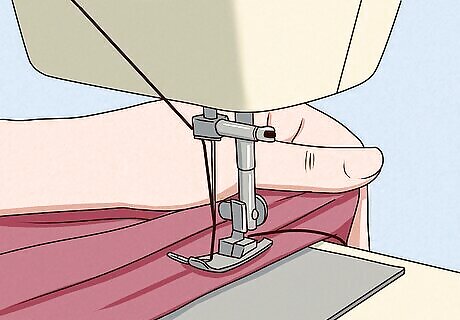
Learn to sew. If you don't already know how to do this, get some lessons. It will be invaluable to know how cloth works in relation to stitching, texture, cuts and flow, etc. and only someone able to sew will truly get a feel for this. Fashion design is both art and hard slog, so don't be afraid to get deeply involved with your sewing machine. It'll be quite some time before you can order someone else to do the sewing from your designs! Knowing how to read, use and design patterns is an essential part of being a good fashion designer. Start with reading and using, then move to making your own. The more comfortable you are with pattern-making, the less tempted you'll feel to reuse stale ideas.
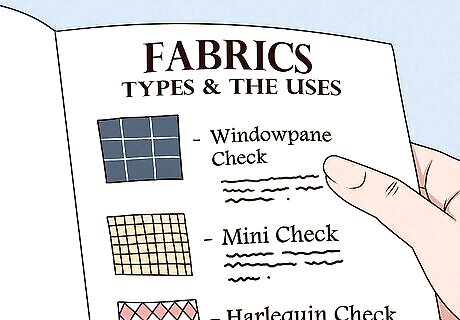
Learn all that you can about fabrics. Fabrics are diverse and include both natural and manmade, and mixtures of the two. There are modern and vintage fabrics to learn about too, and you should make a decision as to which you prefer. Knowing how fabric handles is essential for a good designer, and the earlier you learn this, the better. There are good reference books in libraries about fabrics you can borrow from the library; these will teach you about the weft and weave, about textures, strength, behavioral qualities of the fabrics, etc.
Designing

Be inspired without being a copycat. All artists are inspired by prior artists; it is how art grows and changes over time. However, it is also important to find your own expression and not fall slave to certain styles or fads that won't stand the test of time and won't let you stand apart. Allow yourself to develop over time. You can't expect to have your style emerge overnight; it will take time and it will also require constant noting of the things you like and how you'd use them within your own designs. Keep secret Pinterest boards. Add the fashion inspirations to it as you come across them. Use this to keep a track of things that you think would be good to evolve or merge into your own designs. Anna Wintour Anna Wintour, Editor-in-Chief, Vogue Magazine Don't be afraid to push boundaries. "One doesn't want fashion to look ridiculous, silly, or out of step with the times – but you do want designers that make you think, that make you look at fashion differently. That's how fashion changes. If it doesn't change, it's not looking forward. And that's important to me."
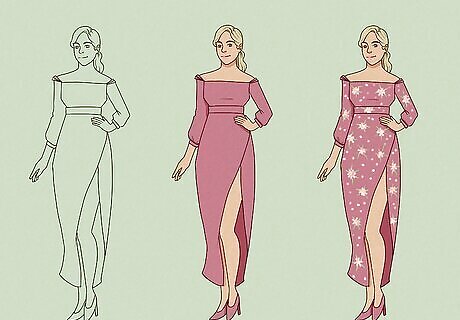
Improvise. Use the cloth, the colors and the patterns to inspire you and bring forth creative and unique ideas.
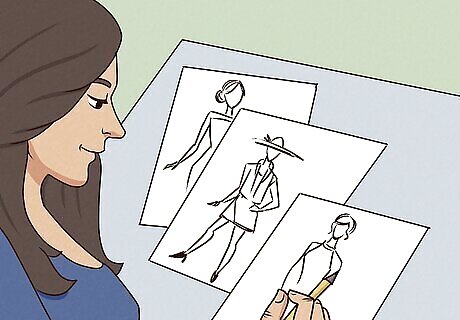
Give yourself room to change. You will find that your ideas change over time; that's good, it keeps your designing fresh. However, you might like to come up with a "signature" element to your designs that can be carried through your works over the years. Think about what element that might be now––it might be a particular cut, a color or pattern, an addition to one part of the clothing, etc.










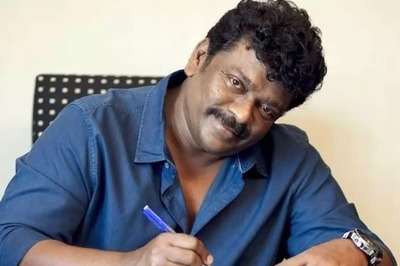








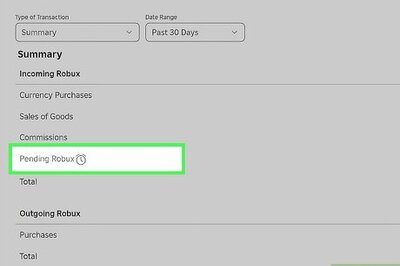
Comments
0 comment